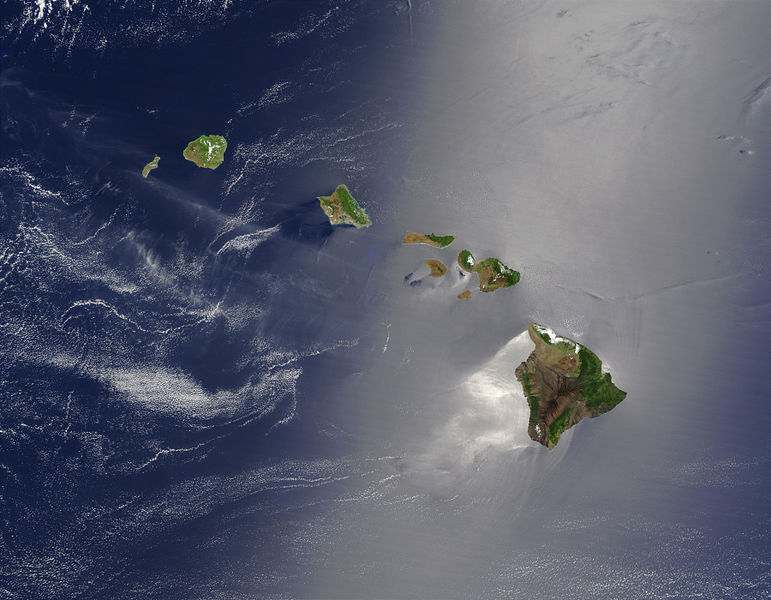Science News
Hawaiian Hot Spots

Volcanoes are an everyday occurrence on the Hawaiian Islands, and generally not very newsworthy. But recent research into the formation and feeding of these Hawaiian “hot spots” is causing an eruption of news, and, in some cases, even uproar.
Last week, MIT scientists, publishing in Science, reported that instead of a vertical plume of magma rising from the Earth’s mantle below the island chain, a more horizontal “hot bed”, several hundred miles west of the island chain, is the source of the islands and volcanoes.
The formation of these volcanic islands has long been a deep mystery to scientists. The volcanoes are well-studied because, they are oddly located in the middle of a tectonic plate rather than the edge where tectonic plates meet.
The leading theory of a vertical plume originated in 1971, and National Geographic breaks it down for us:
As Earth's crust slid over the plume, as if on a conveyor belt, the erupting seafloor built mounts, mountains, and islands out of layers of cooled lava over tens of millions of years—or so the conventional wisdom goes.
But the recent study blows that theory out of the water.
The researchers found not a plume but, as Science News refers to it, a pancake—a large pancake! It’s 700 km (or 410 miles) below the surface (shallow by volcanic formation standards—a vertical plume would be four times that) and up to 2000 km wide.
In order to have formed the Hawaiian Islands, the pancake would need to somehow heat the surface, spurring volcanoes. It’s possible that molten rocks could be bubbling up from the easternmost edge of the pocket like a lava lamp, says [co-author Robert] van der Hilst, a geophysicist at MIT.
Nature News gives the details behind this new theory:
They gathered seismic data from some 4,800 earthquakes recorded at stations around the Pacific Ocean, and included nearly 170,000 reflected seismic waveforms in their analysis, which incorporated a technique commonly used in oil and gas exploration. Next they applied mineral-physics models of how different minerals behave at different pressures and temperatures to predict the temperature at the subsurface regions that reflected seismic waves, and inferred the existence of a huge, hot region west of the islands.
Many scientists are not convinced of this new pancake theory. Seismologist Edward Garnero of Arizona State University told Science Now that it “is a prediction about the Earth. Let’s see how it holds up.” Only time (and maybe a little syrup) will tell…
Image: NASA